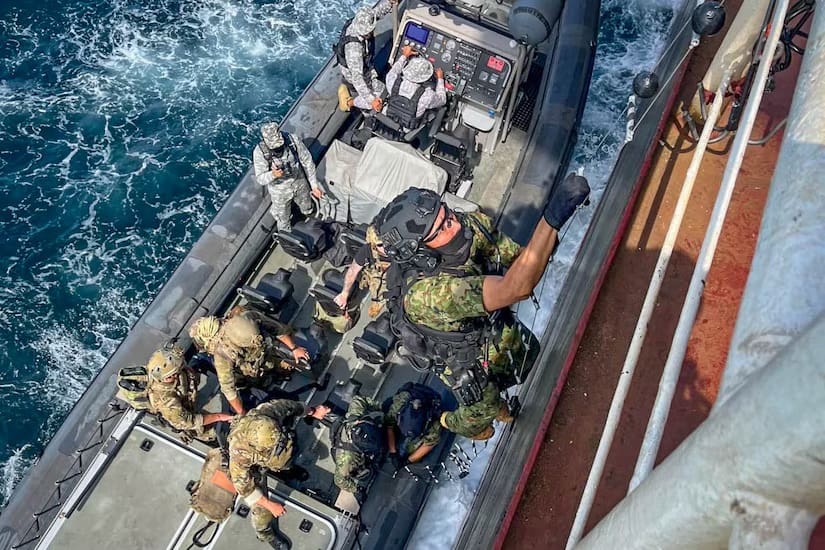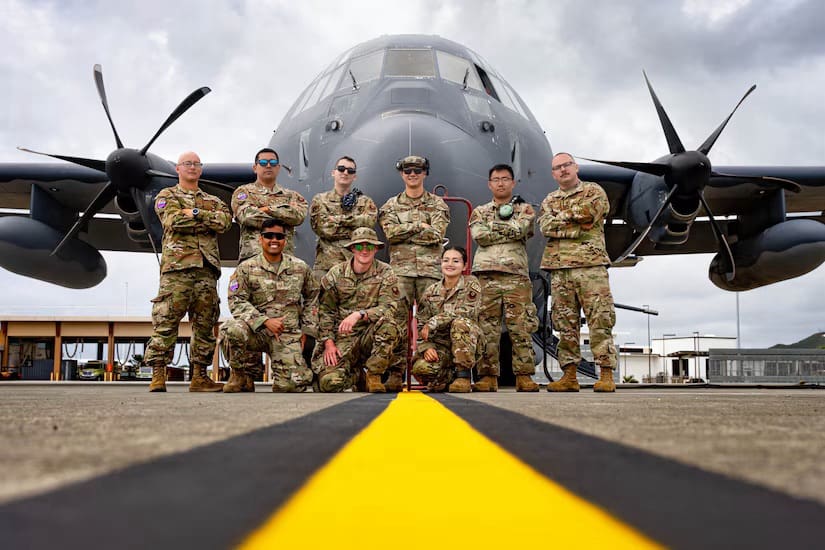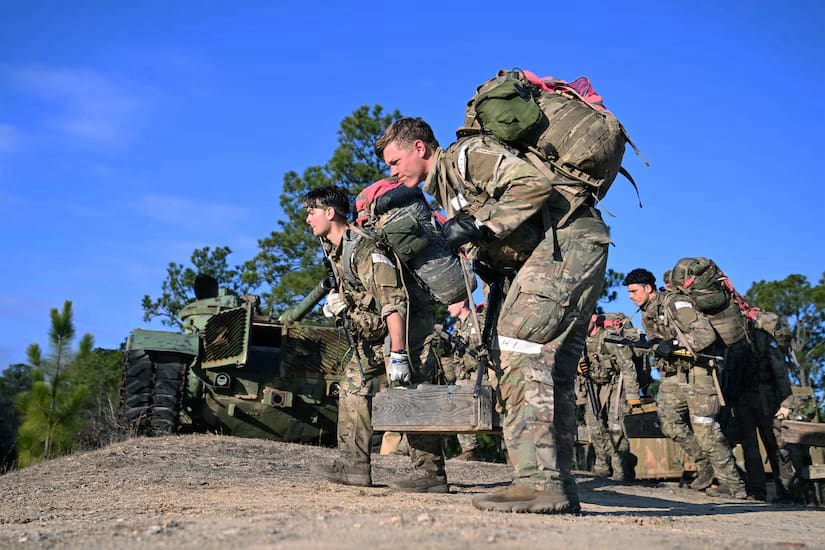Special operations forces have been crucial in U.S. counterterrorism efforts, but they also have a place in what is also known as a great power competition, said Chris Maier, the assistant secretary of defense for special operations and low-intensity conflict.

Maier spoke at the Center for a New American Security, yesterday and highlighted the various roles special operations forces play in competitions with China and Russia.
He said special operations forces work in the context of a whole-of-government approach, but they can play a major part in those efforts. “We are, particularly as we look at some of our special operations enterprise, in a lot of different places,” he said. This gives special operators a chance to reassure allies and partners and also a chance to give a heads-up when they see things going amiss.
Special operations forces are nimble, they have a culture of innovation, and that fits in with great power competition.
It wasn’t always that way.
Maier said that irregular warfare was covered in an annex to the 2018 National Defense Strategy. “For those of you who have been in the federal government, you know what annex means — it was an afterthought. It didn’t make the main show,” he said.

In the 2022 iteration of the strategy, irregular warfare was integrated into the main strategy. “It’s really a key part of integrated deterrence,” he said. Asymmetric and nonconventional operations are side by side with the conventional aspects of the strategy, he said.
“I think an indication of the road we still have to travel is the number of synonyms we use to describe this space,” he said. “It may be irregular, it may be unconventional, it may be hybrid, it may be gray zone, it may be asymmetric. These are all sort of variations on a theme.”
The myriad of names shows that there is some confusion about the dividing line between conventional and unconventional warfare and forces. Whatever it is called, it has a place at the table, Maier said.
“As a department, we think about fighting large scale combat operations,” he said. “And much of the early years of the 2022 [National Defense Strategy] were focused on that. The progress I think we’ve made in recent years is in expanding that aperture to really look at the aspects of competition and crisis as part of warfighting challenges.”
Maier said the reason the strategy defines China as the pacing challenge “is because they have such a range of tools and considerable leverage that they can draw on. So, it is rare [the Chinese] operate … exclusively in kind of the gray zone or the regular space.”

There are conventional aspects to their operations. They engage in hybrid operations. The Chinese use the diplomatic Belt and Road Initiative as a part of their security strategy.
The U.S. strategy is evolving to ensure deterrence across all domains and in all theaters.
“At the end of the day, this is about deterrence,” he said. Taiwan is a flashpoint, and the United States stands by all the understandings with China and the Taiwan Defense Act. Essentially, this boils down to no country changes the status quo by force. “I think we’re carefully calibrating what we’re doing at any given time to as much as possible, establish that deterrence, dissuade from a military operation into Taiwan.”
The other flashpoint with China is their excessive claims in the South and West China Seas. China has their own irregular warfare arm of maritime militias challenging other countries in the region — most notably the Philippines. The Chinese maritime militias are not a conventional military force, but they have “a lot of ability to compel and coerce,” Maier said.
The partnerships with the Philippines and others in the region are important to the United States in putting Chinese actions on the record. “At the end of the day, a lot of this type of activity is dissuaded with the ability to put it in the open,” he said. “If it’s allowed to exist in the shadows, it’s going to continue and the coercive effects will be felt.”
By Jim Garamone, DOD News

